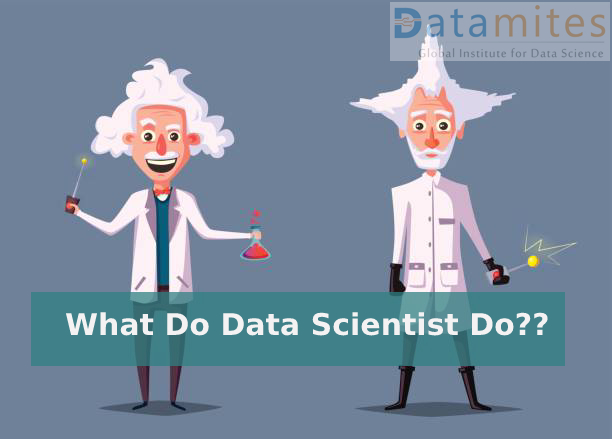Excel to Power BI
Transitioning from Excel to Power BI can revolutionize how you analyze and visualize data. While Excel is a powerful spreadsheet tool, Power BI offers enhanced capabilities for data modeling, visualization, and collaboration. In this blog post, we'll explore the journey from Excel to Power BI and highlight why investing in a Power BI course is essential for mastering this transition.
Understanding the Differences
Excel is widely used for data analysis and reporting, but it has limitations when handling large datasets and complex analytics. Power BI, on the other hand, is purpose-built for business intelligence, allowing for seamless data integration and interactive dashboards. Learn about the key differences between Excel and Power BI in a foundational Power BI training focused on transitioning from spreadsheet tools.
Data Connectivity and Integration
One of the strengths of Power BI is its ability to connect to a wide range of data sources, including databases, online services, and cloud platforms. Unlike Excel, which may require manual data imports and manipulations, Power BI streamlines data integration processes. Explore data connectivity features in a Power BI certification dedicated to data ingestion and transformation.
Advanced Data Modeling and Analysis
Power BI offers robust data modeling capabilities with its DAX (Data Analysis Expressions) language and relationships between tables. This allows for complex calculations and insights that go beyond Excel's capabilities. Enroll in an intermediate Power BI institute to delve into advanced data modeling techniques and unleash the full potential of your data.
Visualizations and Dashboard Design
Creating compelling visualizations is where Power BI shines. From interactive charts to geo-spatial maps, Power BI empowers users to tell engaging data stories. Learn how to design impactful dashboards and reports in a specialized Power BI course training focused on visualization and dashboard best practices.
Collaboration and Sharing
Unlike Excel files that often exist in silos, Power BI promotes collaboration by allowing users to share reports and dashboards securely across teams. Real-time collaboration features enhance productivity and foster data-driven decision-making. Discover collaboration tools in a collaborative Power BI course certification emphasizing teamwork and sharing.
Embracing the Power BI Ecosystem
Transitioning from Excel to Power BI opens doors to a broader ecosystem of tools and services within the Microsoft stack. Explore integrations with Azure services, SharePoint, and Teams to build end-to-end data solutions. Learn about the Power BI ecosystem in an advanced Power BI covering enterprise analytics and integration scenarios.
Conclusion
Making the transition from Excel to Power BI represents a significant leap in data analytics capabilities. By understanding the differences, embracing advanced data modeling and visualization features, and leveraging collaboration and sharing functionalities, you can harness the full potential of Power BI for your organization. Invest in a Power BI tailored to your skill level and objectives to accelerate your journey from Excel to Power BI mastery. Start transforming your data analysis workflows with Power BI today!
Refer these below articles:

Comments
Post a Comment